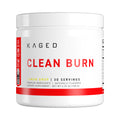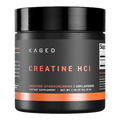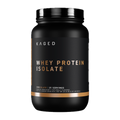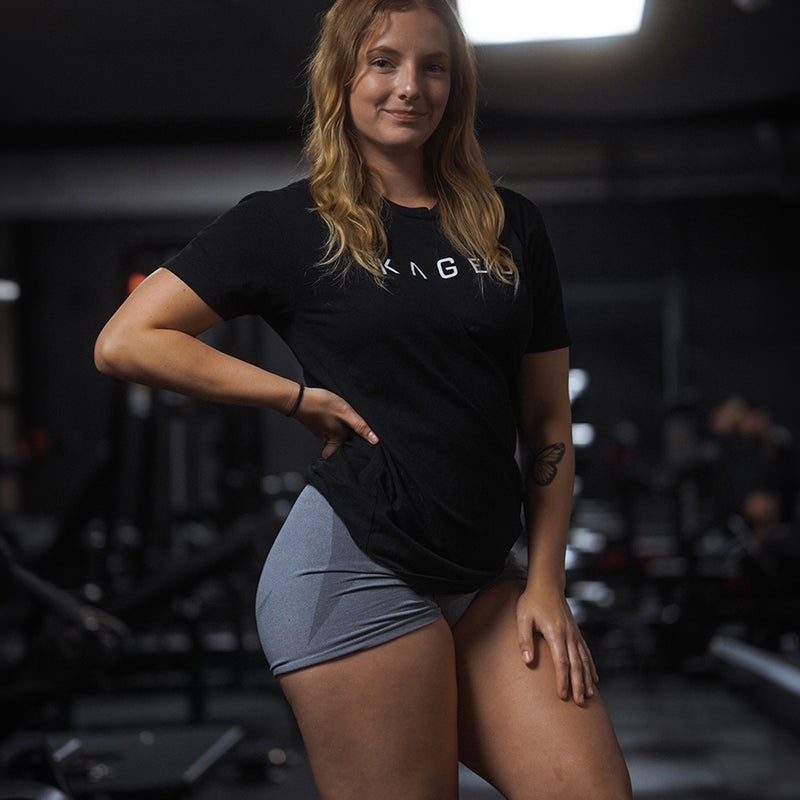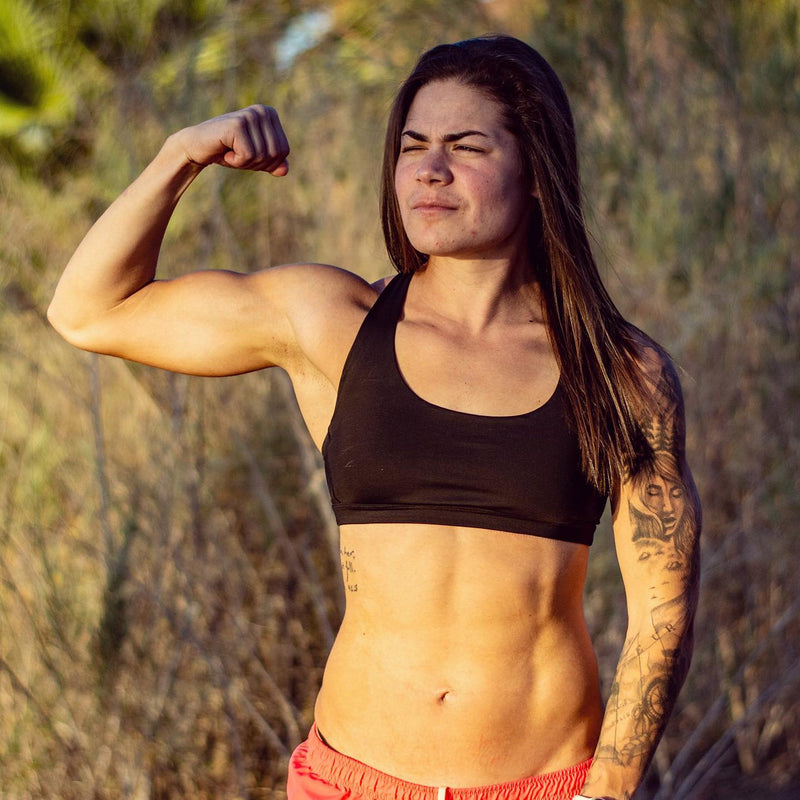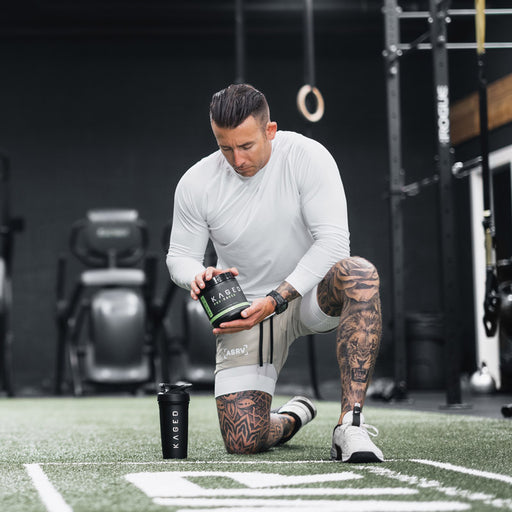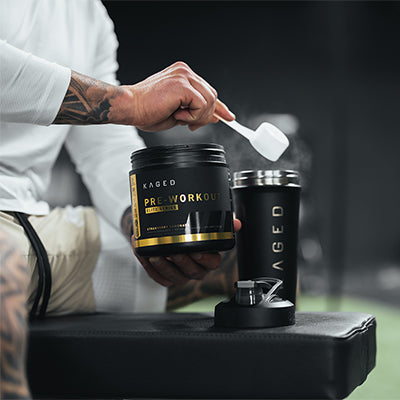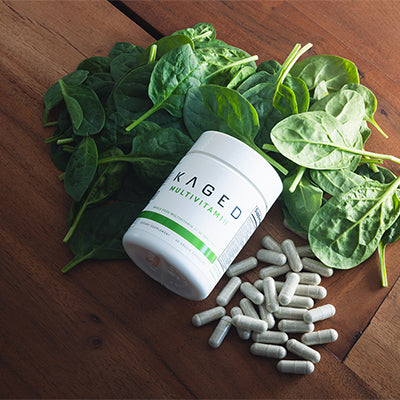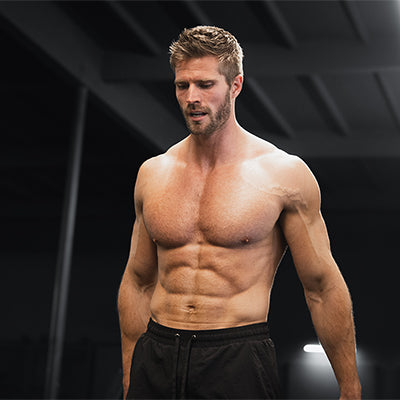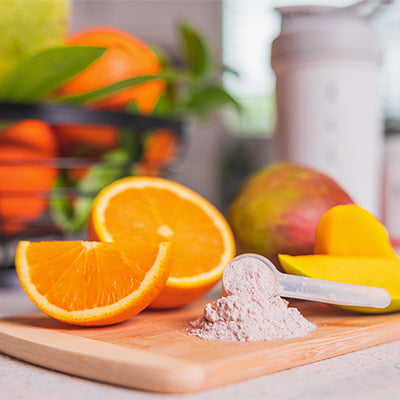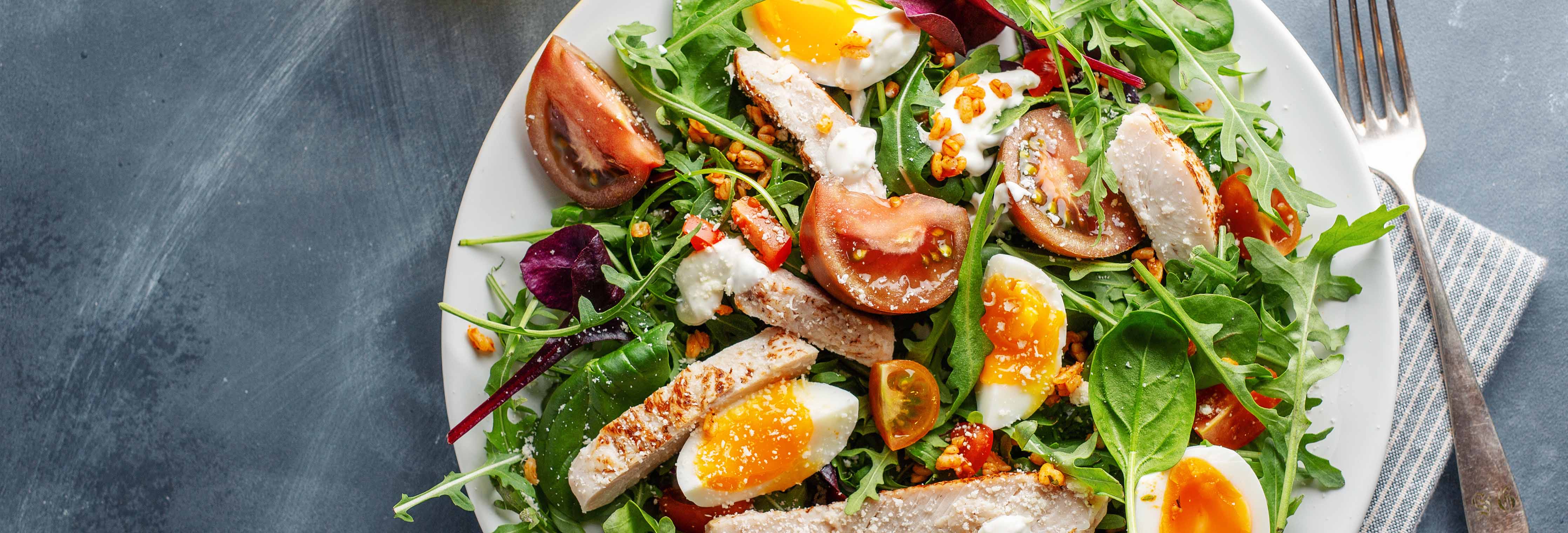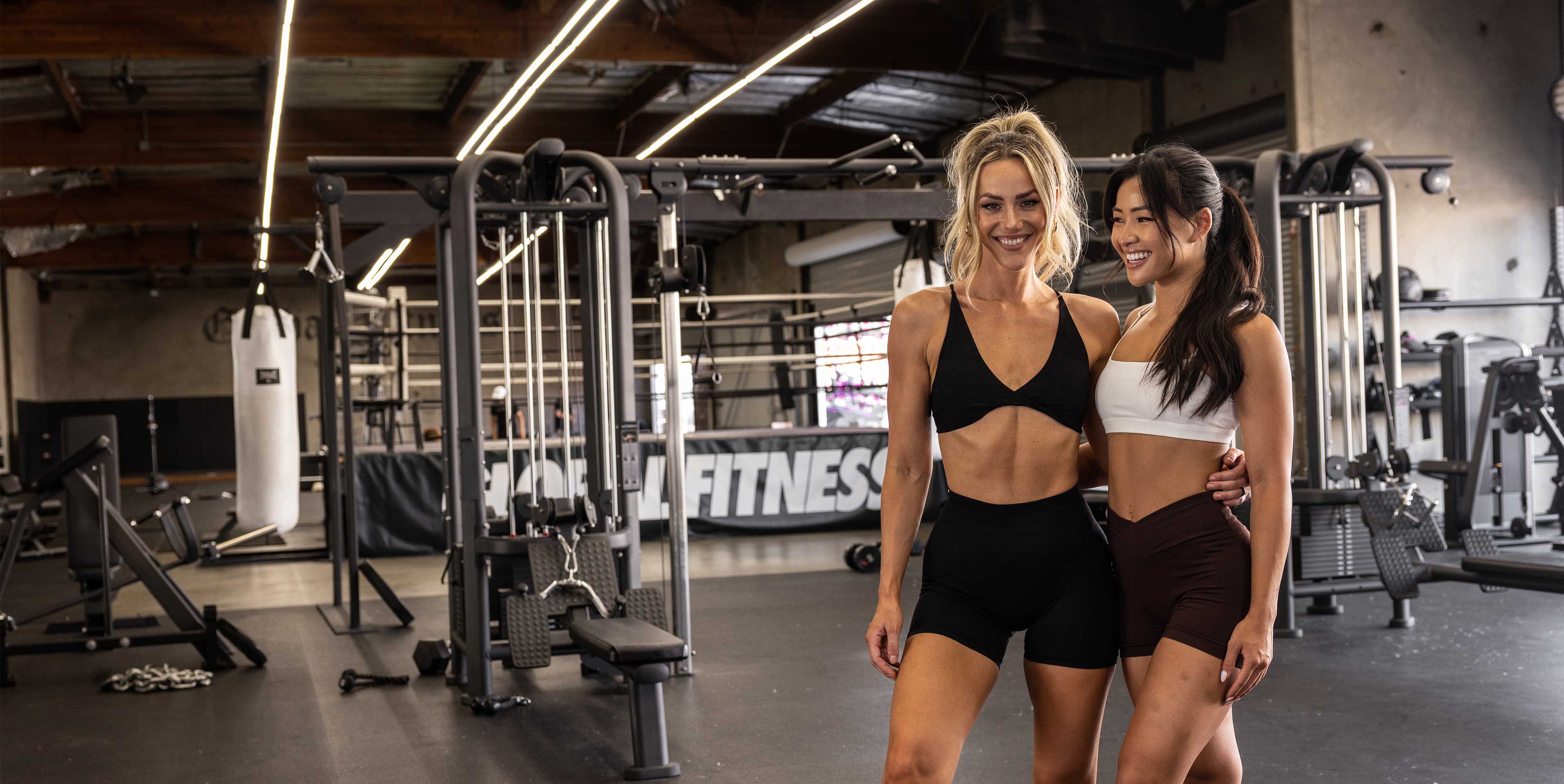Lifters everywhere have heard the saying “you’ve got to eat to grow.” Hard training paired with the right nutrition plan is the tried and true combo for adding mountains of muscle mass.
But why build muscle? Of course, there’s the aesthetic component. But building muscle is not an exclusive ambition of bodybuilders. It’s a cornerstone of health and vitality for everyone.
Why Build Muscle? It Goes Beyond Aesthetics
First, enhanced muscular strength contributes significantly to your overall fitness in everyday life. It’s crucial to help you perform daily tasks with vigor and without undue fatigue. From carrying groceries to climbing stairs, to running to the airport gate after a long security line with your bag, the practical benefits of increased muscle mass are abundantly clear.
Stronger muscles also mean better balance and coordination, which are crucial in reducing the risk of falls, particularly as we age.
Muscles are the engines of our metabolism. Increasing muscle mass can increase your resting metabolic rate, meaning you’ll burn more calories even while at rest.
Building muscle also plays a pivotal role in bone health. Resistance training that promotes muscle growth also stimulates bone formation and can help in preserving bone density. This synergy between muscle and bone strength is, once again, particularly important as we age.

The Problem with “The Dirty Bulk”
If you want to build muscle for aesthetics, athletics, or just overall health (if you’re like us at Team Kaged, you’re going for all three), then the classic bodybuilding “bulk” diet won’t get you where you want to go. You’ll add unwanted fat, but perhaps more importantly, you’ll hinder your performance, and maybe just feel worse. As the saying goes, “you are what you eat.” If you want to perform your best, you have to put quality fuel into your body.
To help you build out a nutrition plan that supports muscle building with clean eating, it starts with the right high-protein meals.
Here are 5 that you can use as staples in your muscle-building nutrition plan.
1) 100% Whey Protein Isolate
The benefit of whey protein, or any protein powder, is its convenience. You don’t need to cook, clean, or even go shopping. Just grab a scoop whenever you need.
However not all protein powders are created equal. If your goal is to eat clean, then you’ll want to look for protein powders made using 100% isolate protein. We cover these reasons in-depth in this article on whey protein isolate vs concentrate. To sum it up, isolate is more filtered, with less sugar and fat, and more protein by weight.
We only use 100% isolate proteins, and even added ProHydrolase® digestive enzymes to support absorption.

For a complete meal, you can make a protein smoothie, with oats, fruit, nut butter, and more. Or, if you need something on the go, our meal replacement, Clean Meal contains 100% whey protein isolate, quinoa, swedish oats, and coconut oil to hit all your macro needs.
SHOP PROTEIN
2) Wild-Caught Fish
Fish is an excellent staple food in a muscle-building diet not only as a rich source of protein, but for its omega 3 fatty acids as well.
We wanted to highlight fish above other proteins because the typical American Western diet, even a very health-focused one, typically lacks omega 3s.
Both for ethical, sustainable, and nutritional reasons, wild-caught fish is superior in almost every way, but it will cost you a bit more. (1) However, remember that the fuel you put into your body will play a big role in what you get out of it.
On a budget? Try canned seafood.
If you’re on a tight budget, canned sardines are an excellent option to get a lot of protein along with omega-3s. Even wild-caught sardines are relatively inexpensive. If you need a meal with fats, get the ones in extra virgin olive oil (watch out for the ones in soybean oil.)
Sardines have a bad connotation because they can be an acquired taste, but for the combination of cost, quality, and convenience, they’re tough to beat.
Canned tuna is another option, but keep in mind that because it’s higher up the food chain, it typically has higher mercury levels than sardines. Canned tuna also usually has less omega 3s than sardines because most canned tuna is low in fat. Still, it’s an excellent high-protein option.
3) Grass-Fed Steak
Grass-fed beef is another go-to food in any well thought out muscle building diet plan because of the anabolic nutrients it contains like essential amino acids, healthy fats, and naturally occurring creatine. If you can, opt for grass-fed beef over conventionally raised cattle is to avoid any unwanted intake of antibiotics. (2)
4) Whole Eggs
The simplest (and most economical) protein source, eggs provide a bioavailable protein source, they deliver cholesterol that helps with the formation of anabolic hormones like testosterone, and they’re an excellent source of choline. (3) Choline plays an important role in the body ranging from lipid transport to cell signaling.
Need a convenient way to get your eggs? Make them hard-boiled.
Hard boiled eggs are easy to take with you on the go. They’re also easy to throw into any salad packed with leafy greens.

5) Poultry
Poultry is the final component of this muscle-building nutrition overview. Poultry, whether it be chicken or turkey, provides a versatile protein source as the breast meat is lean, and the thigh meat is rich in micronutrients.
When combining poultry with carbohydrates, opt for the leaner breast meat. For one easy mea., pair your poultry with avocado for the healthy fats it provides, and quinoa as a source of high-protein complex carbohydrates.
References
[1] Sprague, M et al. “Impact of sustainable feeds on omega-3 long-chain fatty acid levels in farmed Atlantic salmon, 2006-2015.” Scientific reports vol. 6 21892. 22 Feb. 2016, doi:10.1038/srep21892
[2] Marshall, Bonnie M, and Stuart B Levy. “Food animals and antimicrobials: impacts on human health.” Clinical microbiology reviews vol. 24,4 (2011): 718-33. doi:10.1128/CMR.00002-11
[3] Wallace, Taylor, and Victor Fulgoni. “Usual Choline Intakes Are Associated with Egg and Protein Food Consumption in the United States.” Nutrients, vol. 9, no. 8, May 2017, p. 839., doi:10.3390/nu9080839

